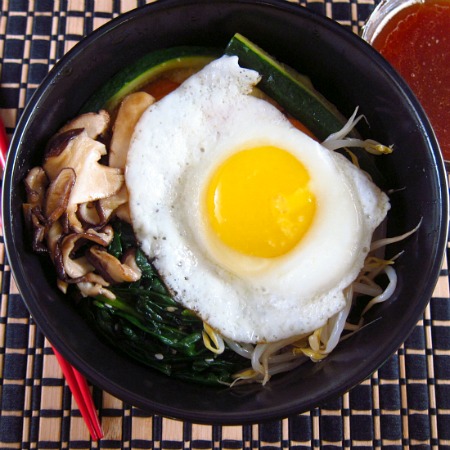Korean food has been considered as one of the healthiest foods globally and is known for the amazing flavor and palatable delicacy. The Korean cuisine is much known for the wonderful health benefits it carries, as it is full of healthy nutrients and nourishes the entire body. Such nutritious are the Korean dishes and cuisines that the country has only a minimal obesity rate of 3.5 percent, which is marginally very low as compared to that of Great Britain and America. This is the reason why the Korean cuisine is known for 13 percent less fat content as compared to dishes and cuisines of Europeans and Americans. Since vegetables form the most common ingredients of all Korean dishes, the fat content is minimal, hence adding to more nutritional and health benefits. One can find enormous macronutrients as well as micronutrients in all the Korean cuisines that are much palatable and delicious than any of the non-vegetarian dish or cuisine.

Health benefits
This is a known fact that the health benefits of any dish or cuisine could be understood from the ingredients the dish has. Since, most of the ingredients in the Korean cuisines are fresh vegetables, condiments and other cooking materials the health benefits are more clear and positive. Bean sprouts, spinach, cauliflower, and cabbages are the mostly used ingredients of the Korean cuisines that are palatable and a wonderful delicacy to the taste. Spicing up the dishes with fresh garlic, ginger, cardamom and other healthy condiments adds to the overall health benefits of all Korean cuisines. In order to add more health benefits, mutton is used, although in comparatively small amounts to the Korean cuisines. It does not only add to the healthy nutritious value to the food, but also makes the cuisines more delicious and full of amazing aroma and flavor. Fatty fish, lean beef, as well as chicken breasts are usually used for this purpose. Since fish and chicken are full of proteins, the health benefits are comparatively more than those of the usual fatty mutton dishes. Proteins add to the already existing nourishment found in vegetables and therefore provides great benefits. Since the Korean cuisines are much lower in cholesterol and saturated fatty acids, the risks of cardiac diseases is lowered to much more extent, thus making the cuisine a welcome change for even obese people.
Such wonderful and health benefits of Korean dishes have proven to be scientifically and nutritionally worthwhile for people of all ages and races. Some of the benefits include:
- Immune internal organs, which mainly include the liver, heart, and kidneys
- Stronger and healthier bones as the vegetables present in dishes consist mainly of isoflavones, which have proven wonders for various bone weaknesses
- Lesser preservatives in such dishes prove beneficial to the body skin thus making it healthier and lustrous
- The anti carcinogenic vegetable properties provide a defensive mechanism from various carcinomas, much lower risks of heart strokes, and other cardiac diseases
Cooking techniques
The cooking techniques and technologies used in preparing these wonderful cuisines is another reason why such dishes are in much demand. The most common and popular ways in preparing the Korean cuisines include stir-frying, fermenting, grilling, and stewing. This sort of cooking technique provides another wonderful nutritional and health benefit that all the dishes are cooked in their own natural juices. Thus, adding that extra oil, butter and other means of fat is completely ignored and more and more nutritional benefits are achieved.
Popular Korean dishes
Some of the most popular and delectable Korean dishes are:
1. Ddukbokki
This appetizing cuisine consists of fish cakes, onions, garlic, and rice cake as main ingredients and are, therefore, full of proteins and essential macronutrients. Ddukbokki is low in fat content with 378 calories in one serving.
2. Bulgogi
This dish is prepared by the process of grilling and mainly contains of marinated beef, pork, or chicken. As this dish is grilled on a naked open flame, it is completely cooked in its own juice sans the use of any fat oil, butter, or vegetable oil. The palatable bulgogi has just 310 calories in one serving.
3. Bibimbap
Bibimbap is comparatively high in calories with 560 calories per serving but contains various nutritional and healthy ingredients like those of mutton, seasoned vegetables, seafood, and eggs. This dish being high in calories is still protein rich with much reduced fat contents.
4. Jeyuk Bokkeum
This Korean cuisine is much lower in calorific values with just 221 calories per serving. The ingredients of this dish consist of lettuce leaves, pork mixed with rice, various green leafy vegetables, and sesame leaves.
Not only the entire dishes, but also the condiments, as well as the Korean tea are full of nutritional values and healthy benefits such as the ginseng tea and green tea.


